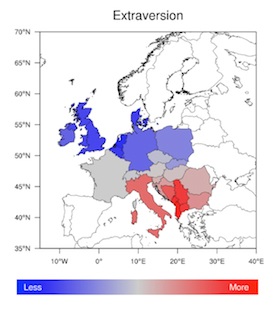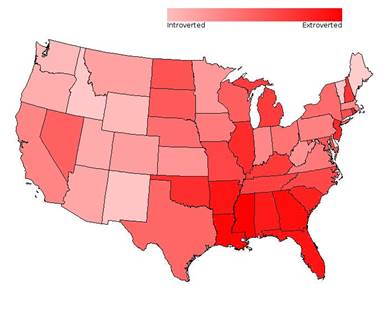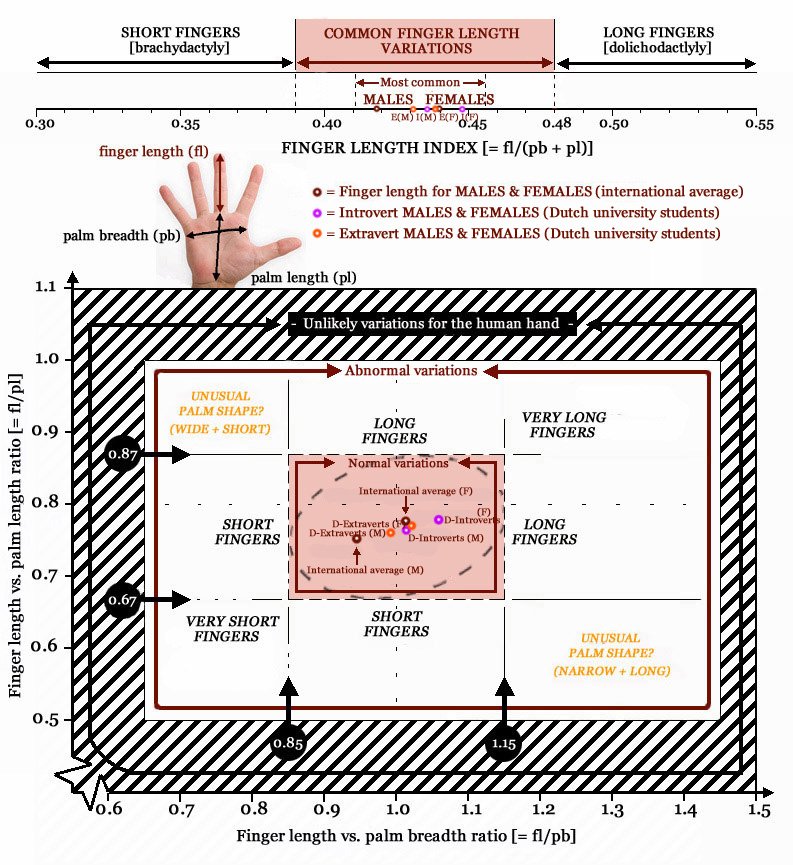Extraversion Hand Chart:Six 'vertical' hand factors identified in Dutch study!The 6 hand factors involve three proportion ratios (finger length vs. palm breadth ratio, triradial ab vs ad ratio, and hypothenar vs. thenar ratio) & three aspects of the 2 major palmar transverse lines (disconnection of radial/proximal transverse line, twin line between both transverse lines, and curve of ulnar/distal transverse line). The results indicate that extroverts typically have a prominent set of features at the ulnar side of the hand (manifesting as: ulnar '+' factors & radial '-' factors), while introverts typically have a prominent sent of features at the radial side of the hand (manifesting as: ulnar '-' factors & radial '+' factors). An 'Extroversion Hand Chart' is presented describing the typical 'vertical' hand patterns in extraverts & introverts (see the HAND CHART at the top- and bottom of this article). Additionally, a concept-chart has been developed, which illustrates how these typical 'vertical' tendencies can be understood in the perspectieve of various biological principles plus some typical male-female differences inside the hand. 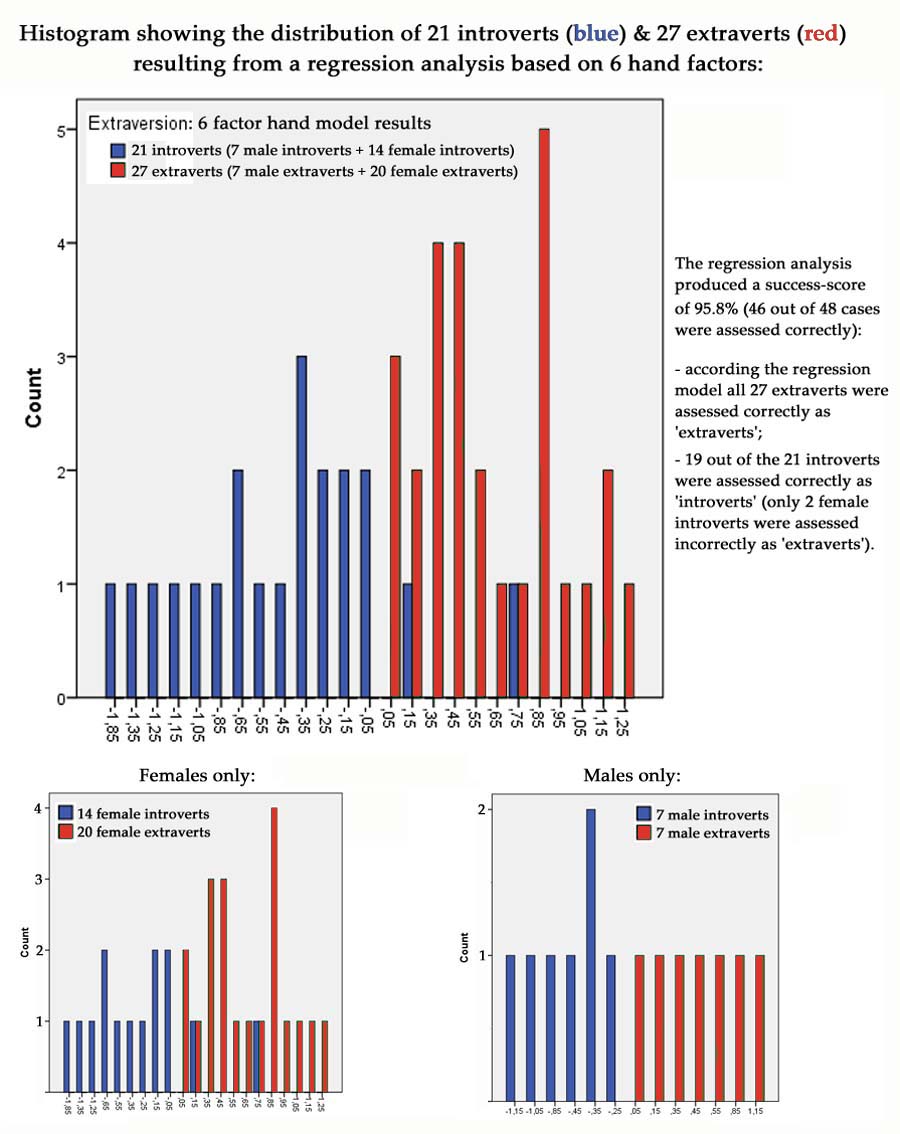
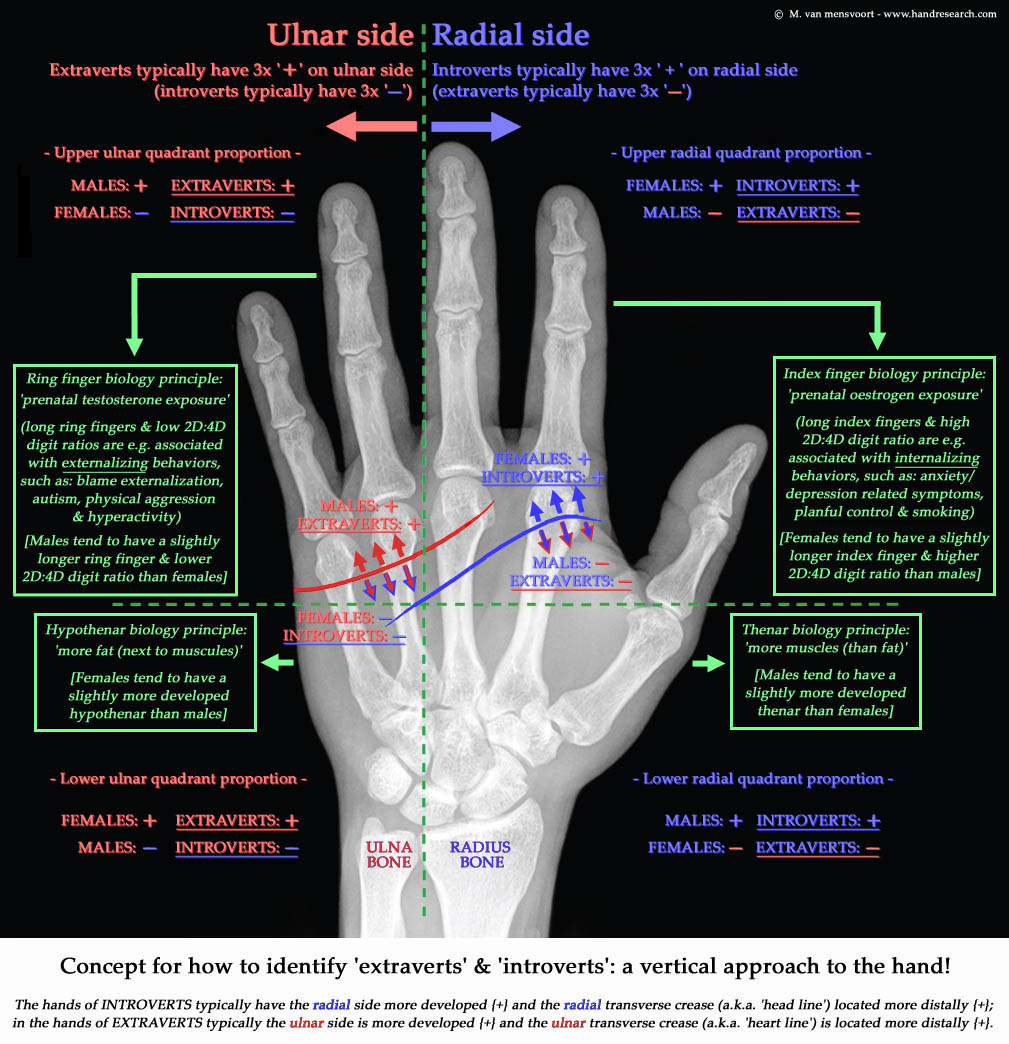
EXTRAVERSION & THE HAND - CONTENTS: - Research method & results: • I - Extraversion & the hand: research method! • II - Extraversion & the hand: 6 vertical hand factors! • III -Extraversion & the hand: other hand factors! - Background info & the hand reading literature: • A - Extraversion & the Big Five model • B - Extraversion defined by detail: 6 facets [according NEO PI-R] • C - Extraversion fluctuates around the world • D - Extraversion in the hand reading literature! The results presented here relate to the hands of 48 Dutch people: 27 extraverts + 21 introverts (including: 34 females & 14 males) - who were selected by age (19-54), ethnicity (white), IQ (above average) and high/low scores on the Extraversion dimension of the Dutch version of the NEO PI-R personality questionnaire. All materials were collected in 1997/1998, and all results are based on average measurements/assessments for both hands of each subject. In a preceeding pilot-study 6 hand factors had been identified featured with strong, consistent results for both the male- and female group. The present study presents results for more hand factors, and from this larger sample of hand factors the 6 most significant hand factors have been identified/selected in order to study the theme 'Extraversion & the hand' by detail. For each hand factor correlation results have been examined for the Big Five personality dimension Extraversion (extraverts vs. introverts compared) & sexe (males vs females compared). Then for the 6 most significant hand factors a regression analysis is presented with resulting histogram, which describes how many extraverts & introverts can be discriminated from each other with. Finally, an analysis of the results is used to produce a concept-chart describing how the 'vertical' sides of the hand vary between extraverts and introverts (+ how the quadrants vary between males and females). 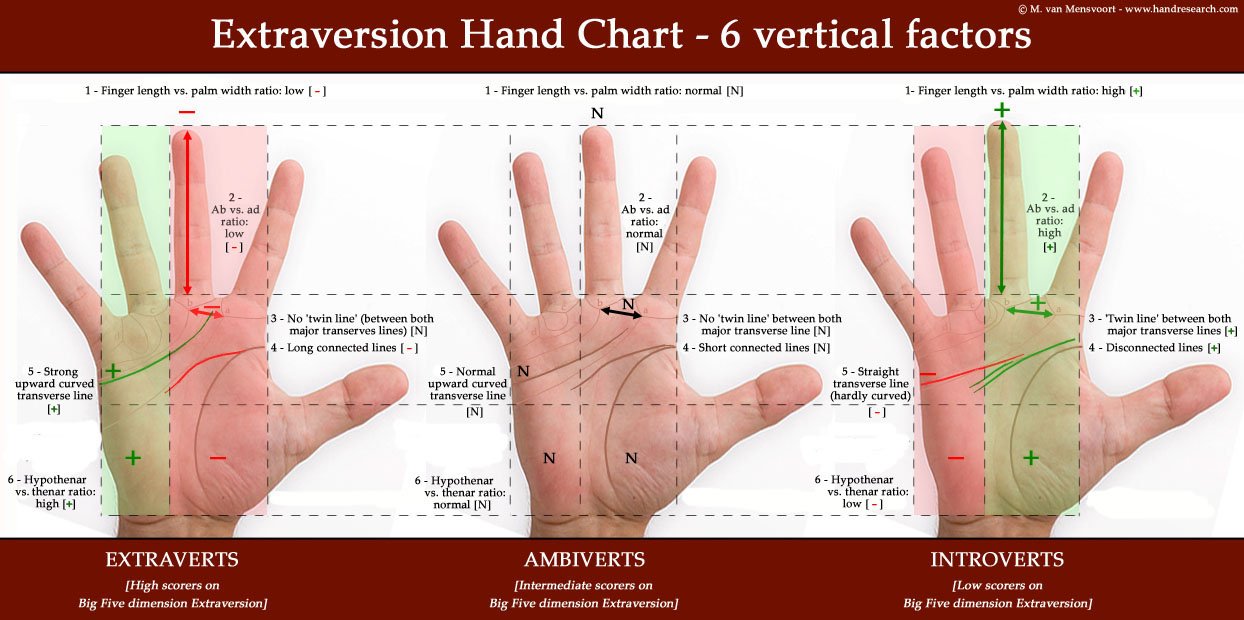
The picture above describes the 6 hand factors which have produced the most significant result presented in this study (guidelines for the assessment of these indiviual hand factors are presented below the chart at the bottom of this article). Table 1 below describes Pearson correlation coëfficients for these 6 hand factors with the Big Five personality dimension Extraversion (extraverts vs. introverts) & sexe (males vs. females). These 6 hand factors together represent a constellation that is highly significant for discriminating extraverts (N=27) & introverts (N=21) via the hand, which will be demonstrated below. Table 1: Pearson correlation coëfficients for 6 hand factors with Extraversion & sexe.
|


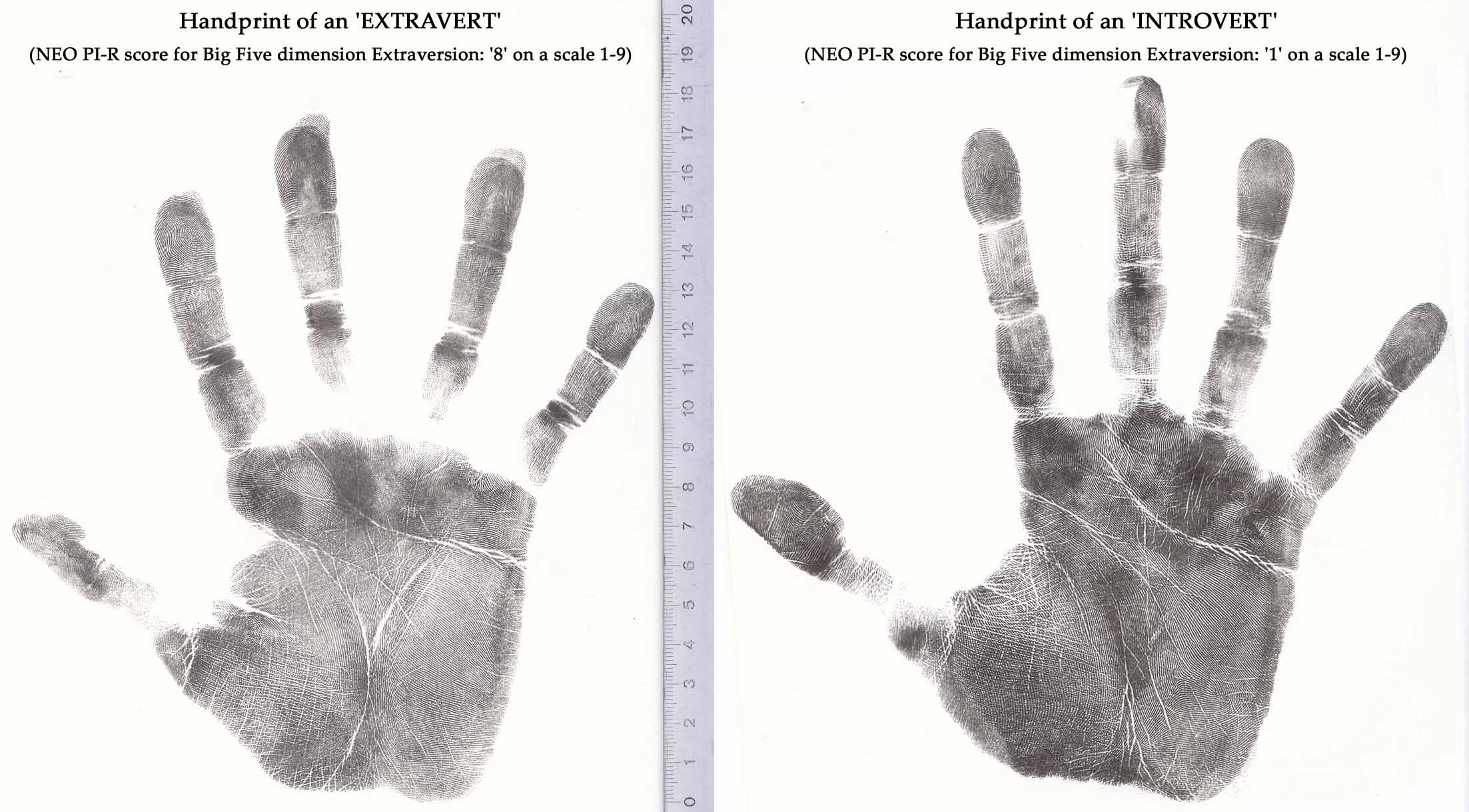
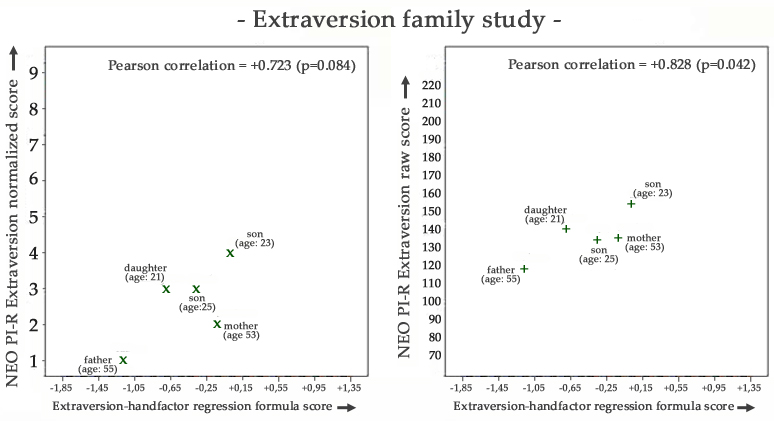
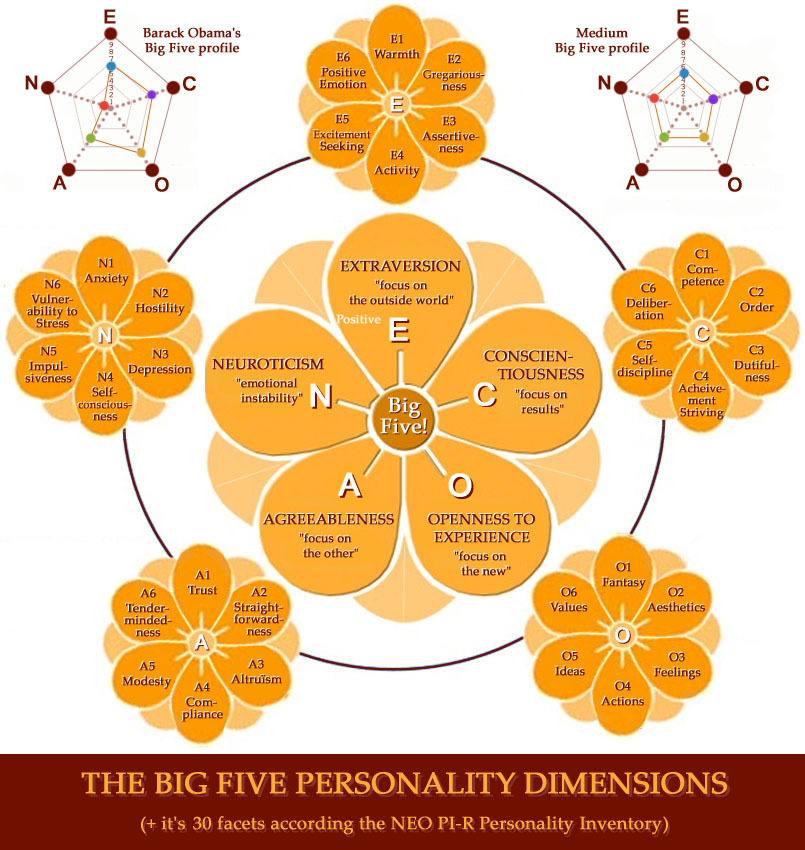
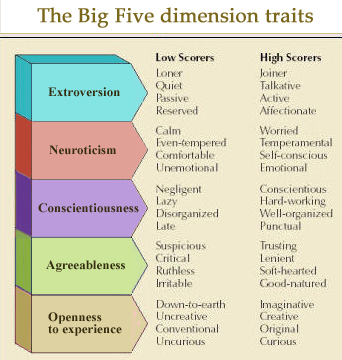
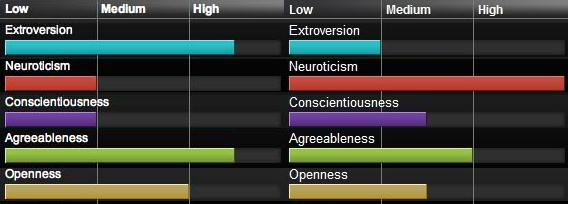
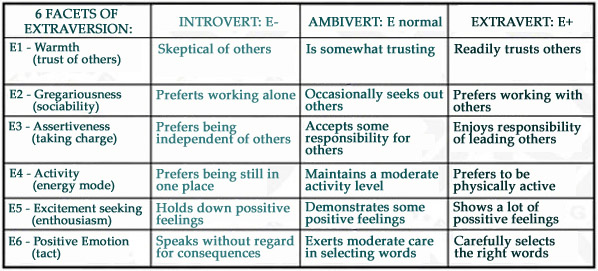
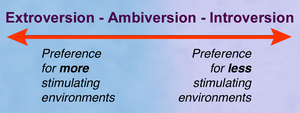
 Studies around the world have indicated that the distribution of mean Extraversion factor scores fluctuates around the world - see pictures
(McCrae, 2004; 23andMe, 2011; MyPersonality, 2008).
Studies around the world have indicated that the distribution of mean Extraversion factor scores fluctuates around the world - see pictures
(McCrae, 2004; 23andMe, 2011; MyPersonality, 2008).
